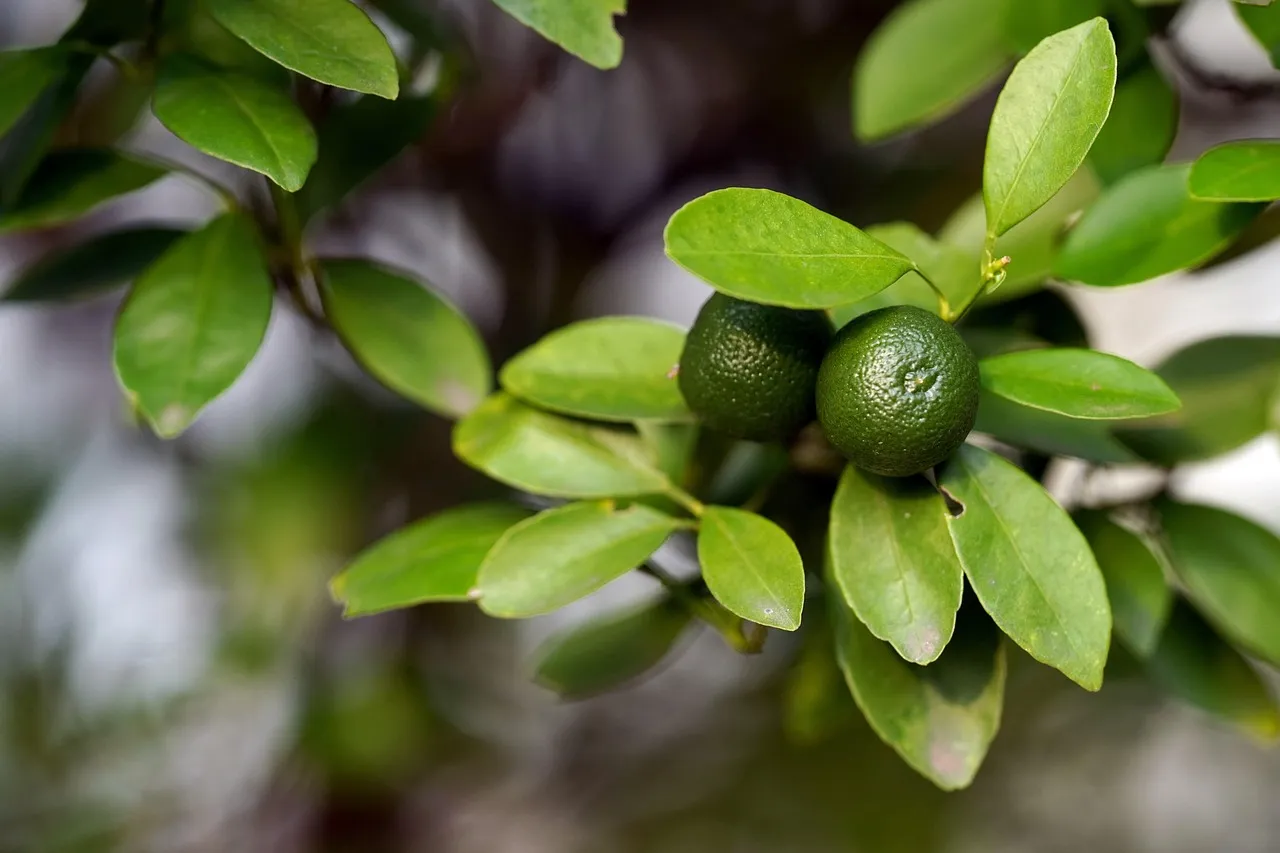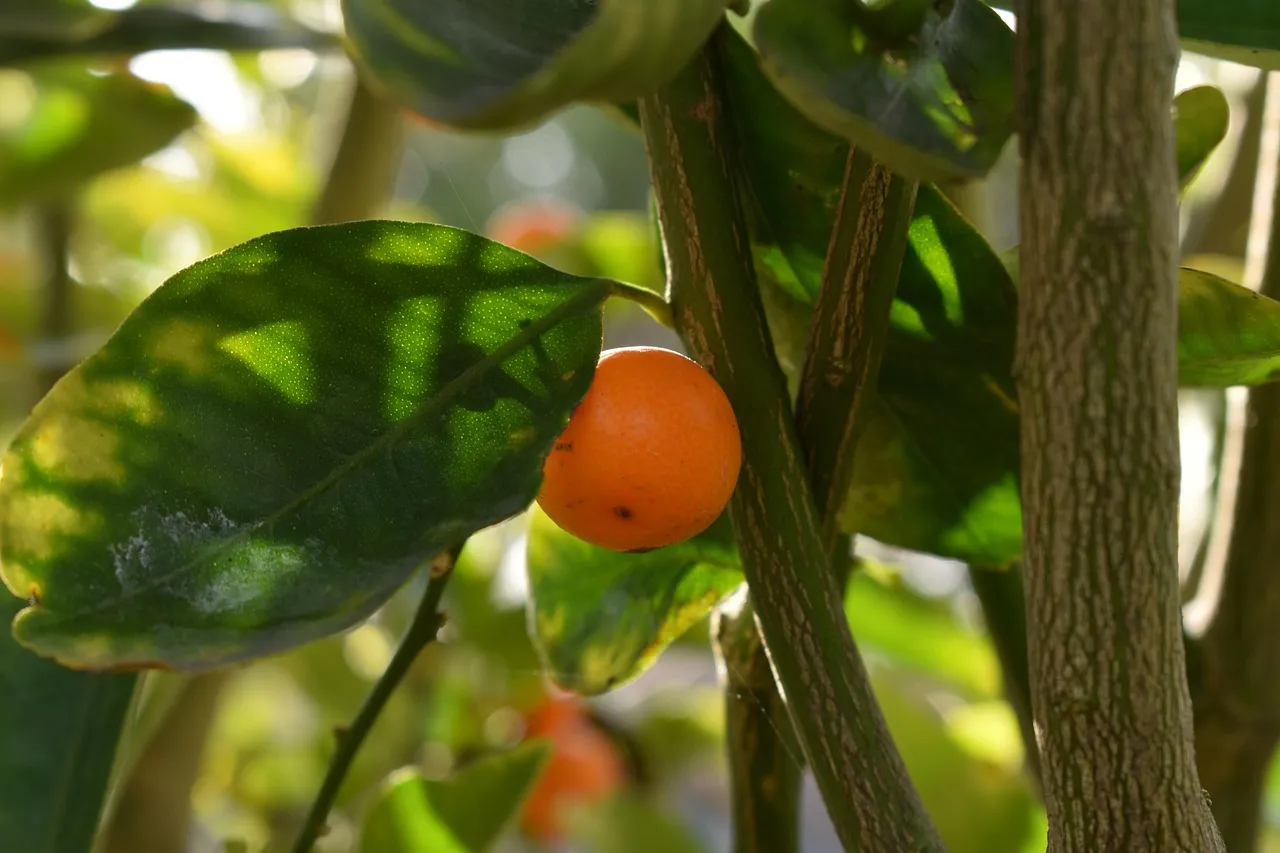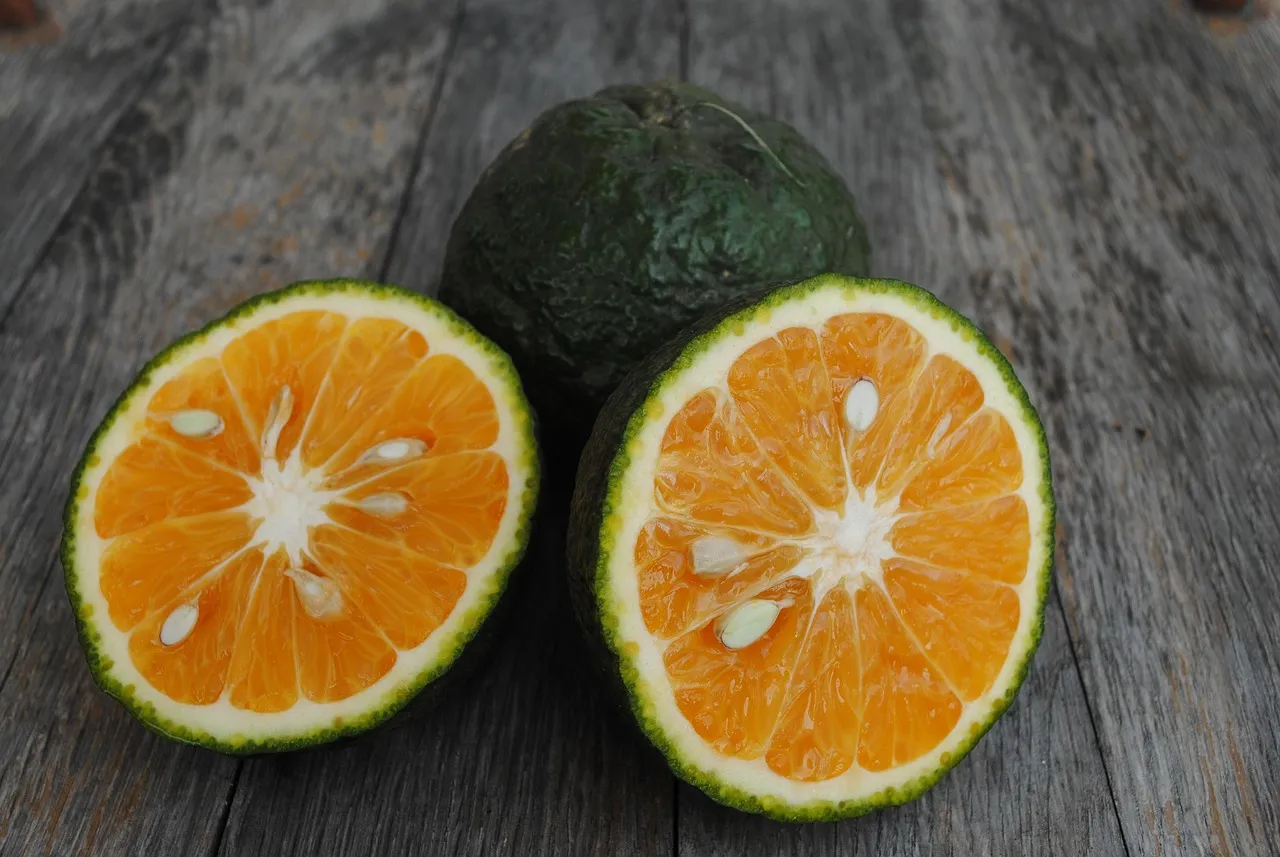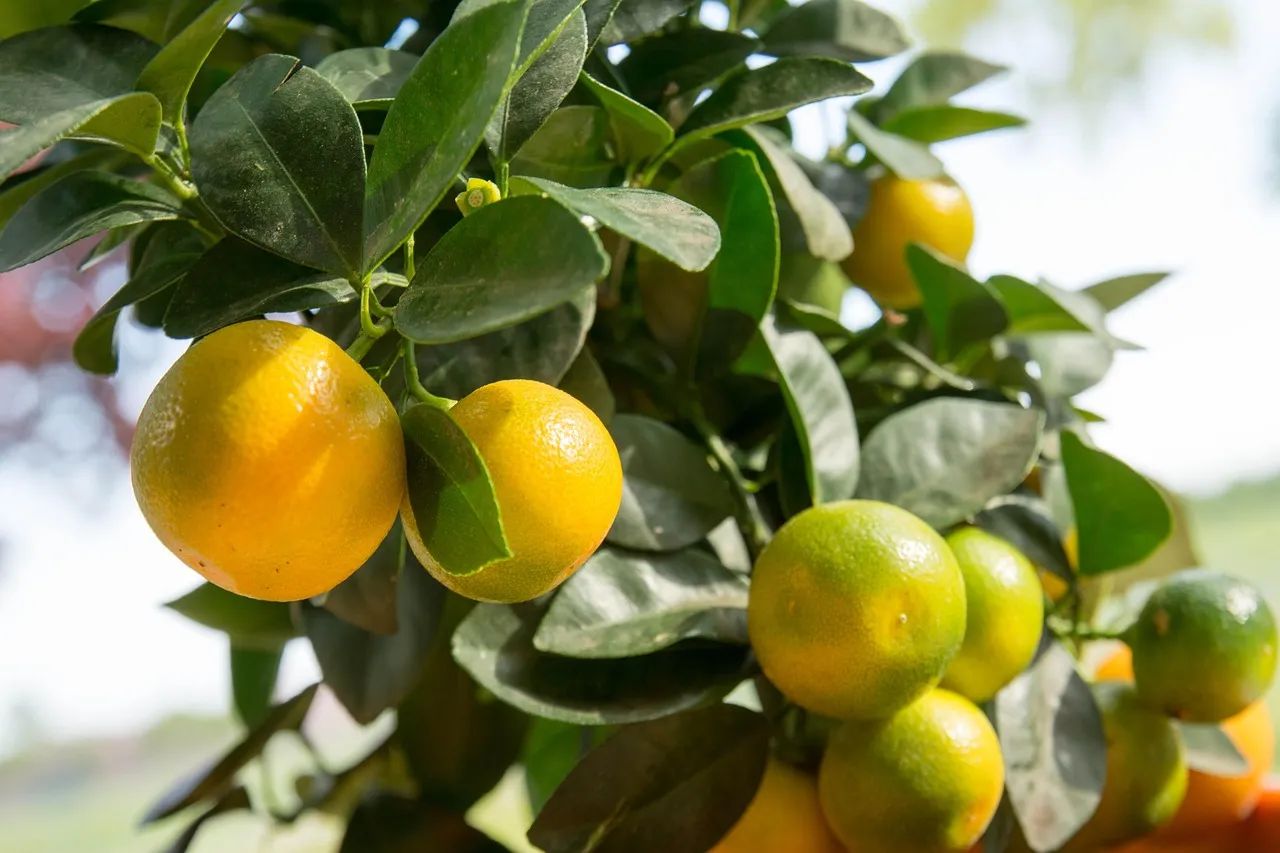Move over lemon, lime, and orange—there’s a new citrus in town that’s stealing the spotlight in 2025. Calamansi, also known as Philippine lime, is captivating chefs and food lovers alike with its bold tartness and exotic flair. From Michelin-starred menus to the frozen aisle at Trader Joe’s, this Southeast Asian gem is having a major moment.Trader Joe’s Calamansi and Mango Sorbet, which has quickly become a fan favorite for its refreshing, tropical flavor and natural tartness.

What is Calamansi?
Calamansi (pronounced kah-lah-MAHN-see), also known as calamondin or Philippine lime, is a small, round citrus fruit that packs a punch far beyond its size. Native to the Philippines and widely cultivated throughout Southeast Asia, calamansi has long been a cornerstone of Filipino cooking and is now gaining global recognition for its unique, multifaceted flavor.
Roughly the size of a large marble or small lime, the fruit features a smooth, thin rind that ranges in color from vibrant green when unripe to a warm yellow-orange hue as it matures. Inside, you’ll find juicy, tender flesh that delivers a sharp burst of acidity balanced with subtle floral sweetness. Its flavor is often described as a cross between lemon, lime, and orange, making it incredibly versatile in the kitchen. The juice is bright, aromatic, and refreshingly tart—perfect for adding zing to both sweet and savory recipes.
In the Philippines, calamansi is more than just an ingredient—it’s a daily essential. It’s squeezed over grilled meats and seafood, stirred into soy sauce or fish sauce for a classic dipping condiment, or added to noodles and soups to provide a citrusy lift. It’s also a popular base for refreshing beverages and homemade marinades. The fruit’s intense acidity acts as a natural tenderizer, making it ideal for flavoring proteins like chicken, pork, and fish.
Traditionally used in Filipino households and street food stalls, calamansi is now crossing cultural boundaries and gaining traction in international markets. As chefs and food innovators look for new ways to introduce bold, fresh flavors into their dishes, calamansi has emerged as a go-to citrus for its complexity and character. From fusion cuisines and elevated cocktails to artisanal pastries and frozen treats, it’s becoming a must-have ingredient in the modern global pantry.
Whether you’re experimenting in your home kitchen or dining at a trendy new bistro, don’t be surprised if calamansi makes a flavorful appearance. Its rise from a regional staple to a global citrus star is well underway—and for good reason.
The 2025 Calamansi Craze
In 2025, one citrus fruit is making headlines—and it’s not your typical lemon or lime. Calamansi has officially stepped into the spotlight as one of the most exciting and talked-about ingredients of the year. With its sharp, aromatic tang and tropical appeal, this tiny citrus is punching well above its weight in the culinary world, and its rise shows no signs of slowing down.
At the heart of calamansi’s appeal is its ability to offer something new yet comforting—a flavor that feels familiar but still surprises the palate. Chefs across the globe are gravitating toward it as a fresh alternative to conventional citrus options. Its natural acidity and depth of flavor allow it to cut through richness, brighten complex dishes, and add a touch of exotic flair. From trendy New York eateries to Tokyo’s avant-garde fusion restaurants, calamansi is appearing in signature cocktails, vinaigrettes, glazes, marinades, and desserts—elevating menus with its unmistakable zing.

Bartenders, too, are getting in on the action, crafting vibrant calamansi-based cocktails that rival traditional margaritas and mojitos in their complexity and freshness. Think calamansi-infused gin sours, tropical spritzers, and even calamansi-mezcal concoctions that dance between smoky and citrusy. The fruit’s versatility and aromatic oil-rich zest have even sparked interest among mixologists and pastry chefs alike for garnishing, flavor layering, and infusion.
But the buzz isn’t confined to high-end culinary circles. Mainstream brands and grocery chains are recognizing calamansi’s growing popularity and working it into everyday products for broader audiences. A standout example is Trader Joe’s Calamansi and Mango Sorbet—a frozen dessert that perfectly encapsulates the balance between sweet and tart. The creamy mango offers a mellow, tropical base, while calamansi brings a punch of acidity that makes each bite pop. The product has already garnered a cult following among Trader Joe’s fans, with many praising it as one of the chain’s most exciting flavor innovations to date.
This mainstream adoption signals something important: calamansi is no longer just a specialty ingredient tucked away in Asian grocery stores. It’s breaking into the culinary mainstream, making appearances on supermarket shelves, in influencer recipe reels, and in food trend forecasts across the board. Its rise mirrors that of ingredients like yuzu and passionfruit in years past—once niche, now beloved.
Whether you’re a seasoned foodie, a curious home cook, or simply someone who appreciates bold, refreshing flavors, calamansi’s moment in 2025 is an invitation to explore something new. As it continues to bridge the gap between heritage ingredient and global trend, one thing is clear: calamansi isn’t just having a moment—it’s starting a movement.
Cooking with Calamansi: Fresh Ideas for Your Kitchen
Whether you’re a home cook or a culinary professional, incorporating calamansi into your dishes can add a burst of brightness and intrigue. Here are two recipe ideas to inspire your next culinary creation:

1. Calamansi Custard Tart
A tropical twist on a classic lemon tart, this custard tart highlights calamansi’s fragrant acidity, balanced by a silky, creamy filling.
Ingredients:
- 1 pre-baked tart shell (or homemade shortcrust pastry)
- 3/4 cup calamansi juice (fresh or bottled)
- 1 tbsp finely grated calamansi zest
- 4 large eggs
- 1 cup granulated sugar
- 1/2 cup heavy cream
- Pinch of salt
- Powdered sugar and sliced fruit for garnish (optional)
Instructions:
- Preheat oven to 325°F (165°C).
- In a large bowl, whisk together eggs and sugar until light and fluffy.
- Add calamansi juice, zest, cream, and salt. Mix until well combined.
- Pour the custard into the tart shell and bake for 25–30 minutes, or until the center is just set.
- Cool completely before serving. Dust with powdered sugar or garnish with berries for an elegant touch.
2. Calamansi-Glazed Chicken

Perfect for dinner or weekend grilling, this chicken dish is infused with bold citrus flavor and a hint of sweetness.
Ingredients:
- 4 boneless, skinless chicken thighs
- 1/4 cup calamansi juice
- 2 tbsp soy sauce
- 1 tbsp honey or brown sugar
- 2 cloves garlic, minced
- 1 tsp grated ginger
- Salt and pepper to taste
- Optional: chopped scallions and sesame seeds for garnish
Instructions:
- In a bowl, mix calamansi juice, soy sauce, honey, garlic, and ginger.
- Marinate chicken in the mixture for at least 1 hour (or overnight for deeper flavor).
- Grill or pan-sear the chicken over medium heat until cooked through and caramelized, basting occasionally with reserved marinade.
- Garnish and serve with steamed rice or a fresh salad.
Where to Find Calamansi
Fresh calamansi can be found in Asian grocery stores, particularly Filipino markets. Bottled juice and frozen puree are also widely available online and in international sections of larger supermarkets. As its popularity continues to rise, expect to see more calamansi-infused products popping up on shelves near you.
Why You Should Try It
Whether you’re a citrus lover looking for something new or a flavor chaser seeking the next big thing, calamansi is a must-try in 2025. Its vibrant personality transforms familiar dishes into something special, bringing a tropical brightness that’s both nostalgic and innovative.

Conclusion: Calamansi’s Time to Shine
As we move through 2025, it’s clear that calamansi is more than just a passing trend—it’s a citrus revolution. From the heart of Filipino kitchens to the menus of top-tier restaurants and the shelves of popular grocery stores, this small fruit is making a big impression. Its unique balance of tart, sweet, and aromatic notes offers a flavor experience that’s both nostalgic and novel, making it a perfect fit for the global palate.
Whether you’re experimenting with new ingredients at home or seeking the next standout addition to your culinary repertoire, calamansi offers endless inspiration. Its versatility makes it ideal for everything from zesty cocktails and tropical desserts to savory marinades and bold glazes. More than just a citrus fruit, calamansi is a bridge between cultures, a celebration of bold flavors, and a delicious way to refresh your plate.
So go ahead—pick up a bottle of calamansi juice, try that new sorbet, or squeeze a fresh one over your next meal. One taste might just make you a lifelong fan of the citrus that’s taking 2025 by storm.
